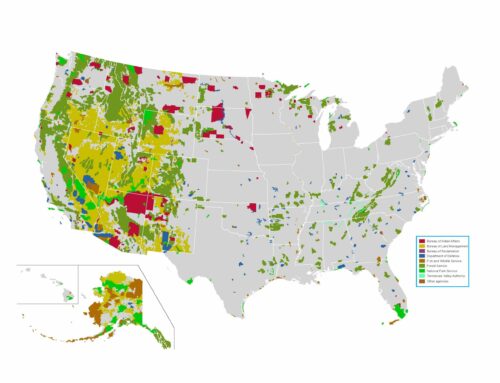by Greg Walcher, E&E Legal Senior Policy Fellow
As appearing in the Daily Sentinel
If I say the sky is purple and you say it’s blue, so I challenge you to prove it, what would you do? How do you prove something nobody has spent money studying because it’s never been questioned before? Are there any scholarly, peer-reviewed journal studies proving conclusively, in a “settled science” sort-of way, what color the sky is?
This has been one of the primary dilemmas in administering the Endangered Species Act since the day it was signed into law in 1973. Someone suggests a species is in danger of extinction, and someone else says it isn’t. How does the agency in charge, U.S. Fish and Wildlife Service (USFWS), decide? Officials are supposed to rely on the best available science, but what if there isn’t much to go on?
The question occurs again now, as USFWS has announced it will add nine more species to the endangered list — which already includes 2,412 plants, animals, birds, fish, and bugs. The agency is already adding 65 new species, so what’s another nine among friends?
The new species include two colorful Indonesian fish, though our government can’t really regulate Indonesian fishermen. The decision also includes two Appalachian salamanders, a southwestern firefly, a Mojave Desert penstemon plant, and a toad that supposedly lives only in one Nevada county. But it also includes two species whose listed habitat includes Colorado: the pygmy rabbit, which does not live in Colorado, and the southern plains bumble bee, which thrives across 33 states. This is how the Endangered Species Act has evolved over its 50-year history.






